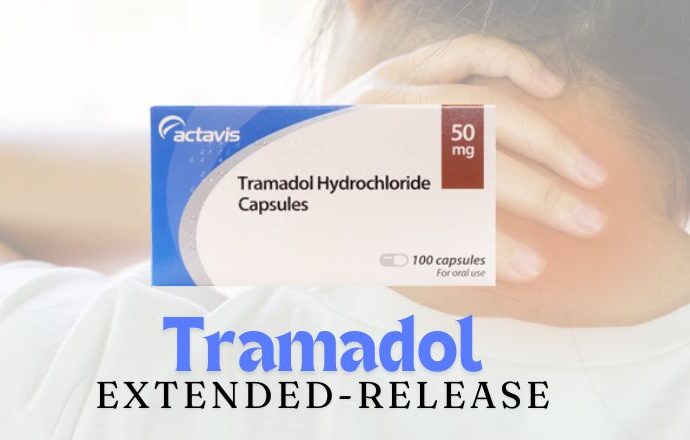Tramadol 100mg for dogs
Dogs that have had surgery, have osteoarthritis, or are experiencing pain from other diseases can be treated with Tramadol 50mg, an opioid medication. One of the few medications that can be used to treat both people and dogs for pain is this one.
Similar to how morphine works, the medicine decreases pain by preventing norepinephrine and serotonin from reuptaking in the brain, which also results in a euphoric experience.
It is possible for people to misuse Tramadol 100 mg for dogs, which is listed as a schedule IV prohibited drug. Veterinarians keep an eye out for indications that pet owners may be giving their animals the wrong medications and report incidences as necessary.
If your veterinarian recommends Tramadol 100mg for dogs, strictly adhere to their recommendations. Overdosing can be fatal, and abrupt quitting can be lethal.
Uses Of Tramadol 100 mg for dogs:
Tramadol is used by veterinarians to treat mild to moderate pain symptoms in dogs. For more severe pain, they may mix it with other opioids.
Veterinarians occasionally give the medication to treat various illnesses such injuries that result in severe pain. Additionally, chronic pain-causing illnesses including cancer and osteoarthritis can be treated with tramadol.
The drug’s benefits may take several weeks to manifest with regular administration, and dogs may ultimately develop a tolerance to it. Because of this, veterinarians may sometimes recommend additional medications in addition to tramadol.
Dosage Painkillers for Dogs Pets at Home:
Tramadol is often administered to dogs every eight to twelve hours at a dose of 0.45 to 1.8 milligrams per pound of body weight to alleviate pain. This amount may be administered every six hours to treat cancer.
You shouldn’t smash the 100 mg pills of tramadol before taking them. You may learn how to calculate the right dog tramadol dosage from your veterinarian. Along with the pills, you should offer your dog lots of water.
Negative Effects Of Tramadol For Dogs;
When using tramadol, dogs may encounter various side effects. Of these, sedation is the most typical. Other adverse effects can be more severe, and if they worry you, you should talk to your veterinarian about other types of therapy.
Report any negative affects you notice in your dog to your veterinarian so they may decide whether to change the dosage or use a different drug.
Following are a few possible negative effects of canine tramadol use:
• Anxiety
• Nausea
• Vomiting
• Diarrhea
• uneasy stomach
• Constipation
• reduced appetite
• Tremors
• Dizziness
Tramadol may exacerbate any additional medical concerns your dog may have, so be sure to let your doctor know about them.
As these can negatively interact with tramadol, let your veterinarian know about any additional medications your dog may be on, including over-the-counter medicines, dietary supplements, and herbal or alternative therapies.
Anaphylaxis, a potentially fatal disease, can result from an allergic response, just like it does with practically any medicine. Contact your veterinarian right away if you see any indications of an allergic response in your dog, such as sneezing, coughing, swelling, hives, trouble breathing, or other symptoms.
FAQ About Painkillers for Pets
- dog tramadol side effects
- what mg of tramadol for dogs
- how much tramadol for small dog
- how does tramadol for dogs work
- how much does tramadol for dogs cost












Leave a comment